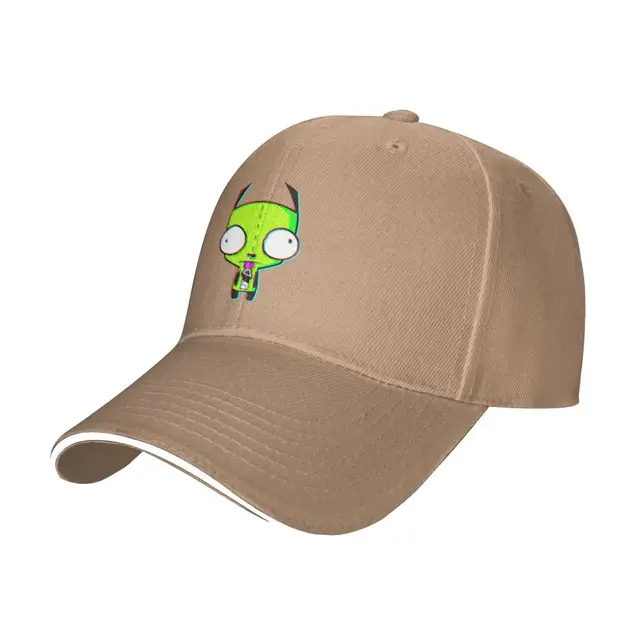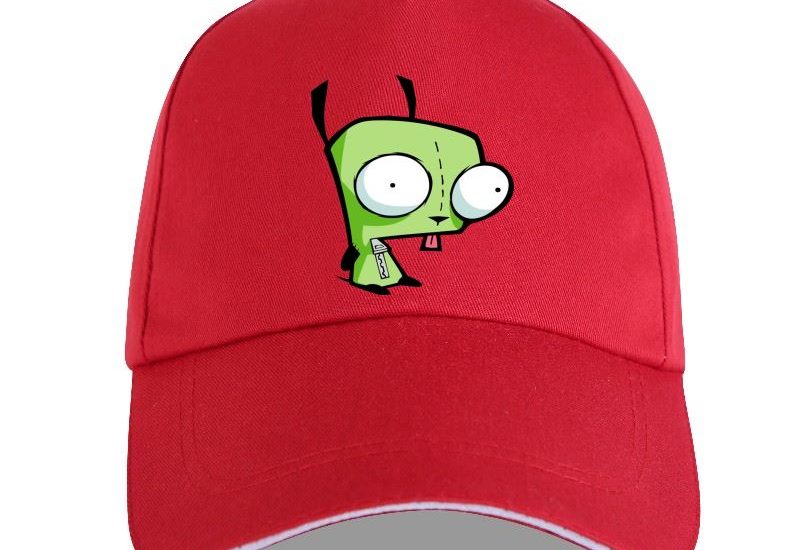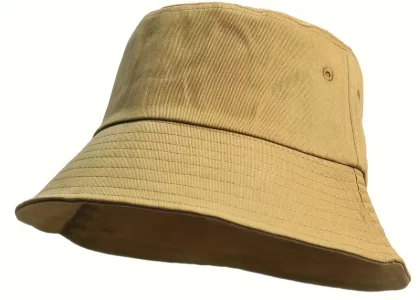History of Baseball Caps in Cartoons
The integration of cartoon baseball cap has deep roots. These caps started to appear in early animation as an icon of modern, everyday wear, capturing the essence of casual, relatable characters.

Early Depictions in Animation
Baseball cap cartoons initially appeared in early 20th-century animations. These caps were not just accessories but symbols of youth and approachability. Characters adorned in baseball caps resonated with audiences, embodying a blend of sportiness and youthful rebellion. This early inclusion helped cement the baseball cap as a staple in the animation wardrobe.
Popular Characters Wearing Baseball Caps
Several key animated characters are recognized for their baseball caps. These characters, like Ash Ketchum from Pokémon and Bart Simpson from The Simpsons, have become symbols associated strongly with their caps. This trend shows baseball caps’ significant role in character identity and the larger animation culture.
Character Design and Baseball Caps
Character design is key in animation. The clothes and accessories that characters wear play a huge part in how we see them. Baseball caps, often found in these designs, are more than just a fashion choice. They can tell us about the character’s personality and background.
Significance of Caps in Character Identity
In character design, every item a character wears matters. Baseball caps, in particular, can hint at a character’s traits. A cap worn backwards can suggest a rebellious nature. A neat, front-facing cap might show a more serious, focused character. Cartoons use caps to add depth to their characters, making them more relatable to the audience.
Variations and Styles in Different Cartoons
Different cartoons show a range of baseball cap styles. We see simple, one-color caps to ones with logos or special designs. Some cartoons even use the baseball cap to highlight a character’s role or job. Variations in cap styles reflect the unique worlds these characters inhabit. Cartoons mix cap designs with a character’s overall look to create a signature style. This approach helps cartoons to stand out and remain memorable in a crowded space.
Impact of Baseball Cap Cartoons on Pop Culture
The imagery of baseball cap cartoons has crossed over from the screen into real-world fashion and consumer behavior, marking a signficant impact on pop culture.
Influence on Fashion Trends
Cartoon-inspired baseball caps have set foot firmly in the fashion industry. Fans mirror the styles of their favorite characters, sporting caps as a nod to the animations. The caps become more than an accessory; they embody a lifestyle and signal membership within a community. Brands recognize this, releasing limited editions and crossover designs that merge cartoon elements with fashion-forward trends.
Baseball Caps in Merchandising
Beyond fashion, baseball cap cartoons have triggered a surge in merchandising. Caps featuring cartoon characters rank as top-selling items, demonstrating their strong appeal. These products offer fans a tangible connection to the animated worlds they adore. Merchandisers leverage this passion, creating diverse lines of hats from snapbacks to fitted caps, each depicting iconic scenes or logos from beloved cartoons, driving both nostalgia and sales.

Key Cartoon Series Featuring Baseball Caps
Many cartoon series have prominently featured baseball caps, making them iconic elements within their respective shows. Here, we will explore some of those key series and their unforgettable moments.
Notable Episodes and Scenes
One of the most memorable scenes where a baseball cap cartoon plays a crucial role is in ‘Pokémon’. Ash Ketchum, the protagonist, is rarely seen without his signature red and white cap. His cap became symbolic when he turned it backwards, signaling his readiness for a Pokémon battle. This gesture has become a recognized signal among fans, symbolizing determination and adventure.
Another prime example is ‘The Simpsons’, where Bart Simpson’s blue and red baseball cap is a staple. It shapes his image as a mischievous yet endearing character. An episode that stands out is when Bart loses his cap, and the entire town of Springfield gets involved in finding it, showing how integral his cap is to his identity.
In ‘Hey Arnold!’, Arnold’s tiny blue baseball cap, worn over his massive head of blonde hair, is central to his character design. This cap, although simple, identifies him in the crowd and is a key part of his thoughtful, calm demeanor.
These episodes and scenes are just a few examples of how baseball caps have not just been a part of character attire but pivotal to the storytelling and character development in cartoons.
Evolution of Art Style in Baseball Cap Cartoons
The art style of baseball cap cartoons has evolved significantly. This evolution mirrors changes in animation technology and artistic trends over the years.
Technological Advancements in Animation
Advancements in technology have transformed how animators depict baseball caps. Early cartoons featured simple, flat colors and minimal details due to the limitations of hand-drawn techniques. With the advent of digital animation, artists can now create more realistic and dynamic baseball caps. This includes detailed textures and shadows, which provide a 3D effect. Software upgrades have also allowed for smoother motion in cap movements, enhancing the overall visual experience.
Shifts in Artistic Approach Over the Decades
Over the decades, the artistic approach to depicting baseball caps in cartoons has also shifted. Initially, the focus was on uniformity and easily recognizable designs that appealed to a broad audience. As audiences have evolved, so too has the style of these caps. Modern animations frequently experiment with diverse and intricate designs, reflecting not only current fashion trends but also the unique personalities of the characters. This shift emphasizes a closer connection between the character’s style and their individual traits, adding layers of depth to both the characters and the stories.

Educational and Social Messages
Baseball cap cartoons offer more than mere entertainment; they carry educational and social messages valuable for both young and old audiences. These messages often revolve around themes of growth, friendship, and the importance of teamwork. As children watch their favorite characters navigate challenges, they absorb subtle lessons that can influence their personal development and social interactions.
Lessons Learnt from Baseball Cap Wearing Characters
Characters in baseball cap cartoons often face real-world challenges and moral dilemmas. They teach viewers about perseverance, honesty, and the power of believing in oneself. For example, Ash Ketchum from ‘Pokémon’ displays dedication to his goals, inspiring kids to stay committed to their own ambitions. Similarly, characters like Arnold from ‘Hey Arnold!’ showcase the value of kindness and thoughtfulness in everyday interactions. Seeing these positive traits in action encourages kids to incorporate them into their daily lives.
Promoting Sports and Teamwork through Cartoons
Cartoons possess a remarkable ability to ignite children’s interest in sports and activities. When children see a character proudly donning a baseball cap, it often inspires them to join a team or explore a new sport. As these young viewers watch their favorite characters engage in playful games, they learn valuable lessons about the spirit of sportsmanship and the importance of collaboration. Cartoons vividly demonstrate how teamwork on the field leads to achieving goals and fosters an environment where collective success is celebrated.
Moreover, these animations emphasize the joy of working together towards a shared objective. As children immerse themselves in the story, they witness characters overcoming challenges by relying on one another’s strengths. This type of storytelling not only encourages children to participate actively in sports but also instills an appreciation for the camaraderie and unity that sports teams exemplify. In essence, by showcasing the thrill of group efforts, cartoons play a vital role in motivating children to lead active lifestyles and value the power of teamwork.





